Related Research Articles

Cape Breton Island is an island on the Atlantic coast of North America and part of the province of Nova Scotia, Canada.
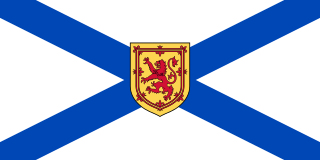
Nova Scotia is one of the thirteen provinces and territories of Canada. It is one of the three Maritime provinces and one of the four Atlantic provinces. Nova Scotia is Latin for "New Scotland."

Cape Breton University (CBU) is a public, co-ed, primarily undergraduate university located in Sydney, Nova Scotia, Canada. It is the only post-secondary degree-granting institution within the Cape Breton Regional Municipality and on Cape Breton Island. The university is enabled by the Cape Breton University Act passed by the Nova Scotia House of Assembly. Prior to this, CBU was enabled by the University College of Cape Breton Act (amended). The University College of Cape Breton's Coat of Arms were registered with the Canadian Heraldic Authority on May 27, 1995.

Sydney is a former city and urban community on the east coast of Cape Breton Island in Nova Scotia, Canada within the Cape Breton Regional Municipality. Sydney was founded in 1785 by the British, was incorporated as a city in 1904, and dissolved on 1 August 1995, when it was amalgamated into the regional municipality.

Raymond Georges Yves Tanguy, known as just Yves Tanguy, was a French surrealist painter.

Cape Breton Regional Municipality is the Canadian province of Nova Scotia's second largest municipality and the economic heart of Cape Breton Island. As of 2016 the municipality has a population of 94,285. The municipality was created in 1995 through the amalgamation of eight municipalities located in Cape Breton County.

Mimi Parent was a Canadian surrealist artist. For many years she lived and worked in Paris, France. Her art is known for its symbolism, and the metaphorical use of existing objects, including human hair.
Chéticamp is an unincorporated place on the Cabot Trail on the west coast of Cape Breton Island in Nova Scotia, Canada. It is a local service centre. A majority of the population are Acadians. Together with its smaller neighbour, Saint-Joseph-du-Moine, Chéticamp makes up the largest Francophone enclave on Cape Breton Island. The 2006 population was 3,039 people.
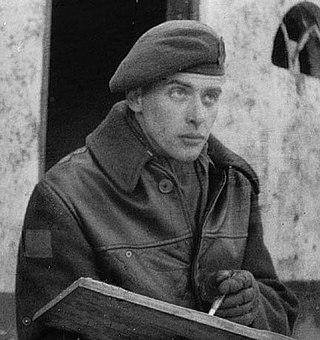
David Alexander Colville, LL. D. was a painter and printmaker who continues to achieve both popular and critical success.
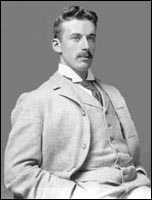
William Brymner, was a Canadian figure and landscape painter and educator. In addition to playing a key role in the development of Impressionism in Canada, Brymner taught numerous artists who became leading figures in Canadian modern art.

John Cabot was an Italian navigator and explorer. His 1497 voyage to the coast of North America under the commission of Henry VII of England is the earliest-known European exploration of coastal North America since the Norse visits to Vinland in the eleventh century. To mark the celebration of the 500th anniversary of Cabot's expedition, both the Canadian and British governments elected Cape Bonavista, Newfoundland as representing Cabot's first landing site. However, alternative locations have also been proposed.

The Cape Breton Highlanders is an infantry regiment of the Canadian Army. It was established in 1871, merged into The Nova Scotia Highlanders in 1954, and re-established as a distinct regiment in 2011. It is part of the 5th Canadian Division's 36 Canadian Brigade Group and is headquartered at Sydney, Nova Scotia.
The French ship Chameau or Le Chameau (Camel) was a wooden sailing ship of the French Navy, built in 1717. She was used to transport passengers and supplies to New France, making several trips. Nearing the end of her last voyage, a storm blew her onto some rocks on August 27, 1725. She sank, with the loss of all aboard; estimates range as high as 316 dead. In 1965, Alex Storm and his associates located the wreckage near Chameau Rock, and recovered a treasure of gold and silver pieces.
Ursula Johnson is a multidisciplinary Mi’kmaq artist based in Halifax, Nova Scotia, Canada. Her work combines the Mi’kmaq tradition of basket weaving with sculpture, installation, and performance art. In all its manifestations her work operates as didactic intervention, seeking to both confront and educate her viewers about issues of identity, colonial history, tradition, and cultural practice. In 2017, she won the Sobey Art Award.
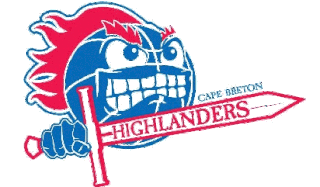
The Cape Breton Highlanders were a Canadian professional basketball team based in Sydney, Nova Scotia. They were granted a hiatus from the National Basketball League of Canada for the 2019–20 season, but have no schedule to return.
Raven Davis is a multimedia Indigenous artist, curator, activist, and community organizer of the Anishinaabe (Ojibway) Nation in Manitoba. Their work centers themes of culture, colonization, sexuality, and gender and racial justice. Davis currently lives in Halifax, Nova Scotia and works between Halifax and Toronto, Ontario. Davis is also a traditional dancer, singer, and drummer.
Rita Briansky is a Polish-born Canadia painter and printmaker. Briansky is associated with the Jewish Painters of Montreal.
Eliyakota Samualie was a Canadian Inuit graphic artist and sculptor.
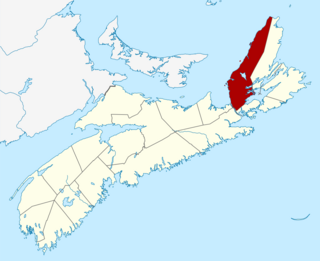
The Municipality of the County of Inverness is a county municipality on Cape Breton Island, Nova Scotia, Canada. It provides local government to about 17,000 residents of the historical county of the same name, except for the incorporated town of Port Hawkesbury and the Whycocomagh 2 Miꞌkmaq reserve, both of which are enclaves. Public services are provided in the areas of recreation, tourism, administration, finance, and public works.

Wallace Robinson MacAskill, better known as W. R. MacAskill, was a Canadian photographer known for his seascapes and depictions of ships. He is particularly recognized for his photographs of the Bluenose, two of which were used on the Bluenose postage stamp in 1929.
References
- 1 2 "Cozette de Charmoy". Archived from the original on 12 May 2019. Retrieved 12 May 2019.
- ↑ "Cozette de Charmoy". Archived from the original on 12 May 2019. Retrieved 12 May 2019.
- ↑ "Voyages :(les voyages de Sweeney Todd alias Bertolli)". NMWA Library & Research Center. Retrieved 9 March 2023.
- ↑ "Cape Breton University: Browse Objects". Archived from the original on 12 May 2019. Retrieved 12 May 2019.
- ↑ "Ottezec". data.bnf.fr. Archived from the original on 15 July 2019. Retrieved 15 July 2019.